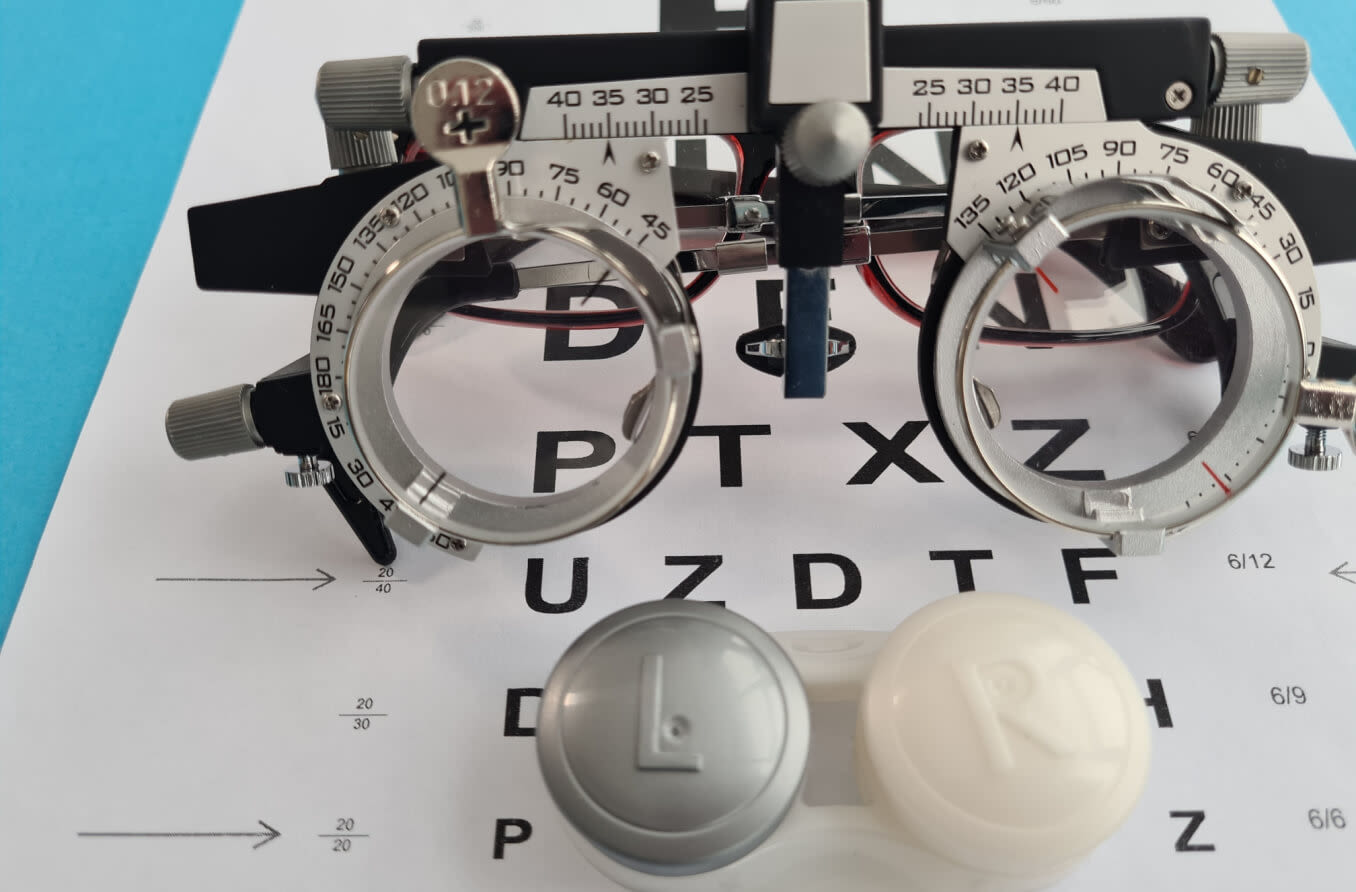What is myopia control, and how does it work?

Myopia control refers to the ways optometrists and parents can help slow down the progression of myopia in children. Slowing myopia progression does much more than keep a child’s short-sightedness from getting worse. Myopia control can be key in reducing their risk of serious eye conditions later in life.
The four main categories of myopia control prescribed by optometrists are:
Myopia control glasses
Myopia control contact lenses
Orthokeratology (ortho-k)
Atropine eye drops
Adjusting daily habits can also help to reduce the risk for the development and progression of myopia:
Reducing near-work activity and taking more vision breaks
Progressive myopia is short-sightedness that continually gets worse. This can eventually lead to high myopia, or severe myopia. Having high myopia greatly increases a person’s risk for vision-threatening complications, including:
Myopia control methods can help to reduce the risk of these complications.
Myopia control glasses
Myopia control glasses work by slowing down the axial growth of the eyes — the main cause of progressive myopia. They focus light onto the retina in a way that signals the brain to slow this growth.
Traditional single-vision glasses can correct myopia, but they can’t slow its progression. Studies have shown that new designs of myopia control spectacle lenses can slow progression by at least 60 percent.
Multifocal glasses
Multifocal lenses are commonly worn by adults who have presbyopia, however, they can also have a very mild slowing effect on myopia progression.
Studies have found while multifocal lenses slow myopia progression a little, it is not clinically significant so the patient will notice little difference in the rate of increase of their myopia.
Myopia control contact lenses
Myopia control contact lenses work similarly to myopia control glasses. They control myopia by slowing the axial growth of the eyes.
Clinical trials for these lenses found a 59 percent reduction in the participants’ myopia progression.
Multifocal contacts
Multifocal contact lenses are designed for people with both presbyopia and another distance refractive error. But they can also help slow myopia progression, they are more effective than multifocal glasses. Multifocal contact lenses can slow progression by up to 50 percent in some children.
Orthokeratology (ortho-k)
Ortho-k is another common vision correction method that can also slow the progression of myopia.
Research has shown that ortho-k can reduce axial growth of the eye by up to 43 percent compared to traditional glasses.
Atropine eye drops
The most common use for atropine eye drops is treating inflammatory eye conditions. They work by temporarily paralysing the focusing muscles in the eyes and dilating the pupils.
There is evidence that atropine eye drops are also one of the most effective ways to control myopia. Studies have shown that atropine use can reduce myopia progression by up to 77 percent.
Healthy habits for eyes
Lifestyle factors can also play a large role in the development and progression of myopia.
Studies have shown that spending more time outside in the sun reduces the risk of developing myopia. And prolonged near-work activity has been linked to increased myopia risk.
Parents can help reduce their children’s risk by introducing some simple changes:
Encourage at least 90 minutes of outdoor time per day.
Encourage using the 20-20-20 rule during prolonged near work.
Limit screen time outside of school.
To learn more about short-sightedness and myopia control, schedule an eye exam with an optometrist near you.
Beth Longware Duff also contributed to this article.
Myopia prevention and outdoor light intensity in a school-based cluster randomized trial. Ophthalmology. August 2018.
The association between near work activities and myopia in children—a systematic review and meta-analysis. PLOS ONE. October 2015.
The next generation – DIMS and H.A.L.T. technology spectacle lenses for myopia control. Myopia Profile. April 2021.
Myopia progression rates in urban children wearing single-vision spectacles. Optometry and Vision Science. January 2012.
Myopia control with spectacle lenses with aspherical lenslets: a 2-year randomized clinical trial. ARVO Annual Meeting Abstract. Investigative Ophthalmology & Visual Science. June 2021.
Bifocal and multifocal eyeglasses and myopia control. Institute for Control of Eye Myopia in Children. Accessed June 2022.
Multifocal contact lenses slow myopia progression in children. National Institutes of Health. August 2020.
A 3-year randomized clinical trial of MiSight lenses for myopia control. Optometry and Vision Science. August 2019.
Multifocal contact lens myopia control. Optometry and Vision Science. November 2013.
Retardation of myopia in orthokeratology (ROMIO) study: a 2-year randomized clinical trial. Investigative Ophthalmology & Visual Science. October 2012.
Topical atropine in the control of myopia. Medical Hypothesis, Discovery and Innovation in Ophthalmology. Fall 2016.
Page published on Tuesday, 17 March 2020
Page updated on Friday, 4 August 2023
Medically reviewed on Tuesday, 5 July 2022






